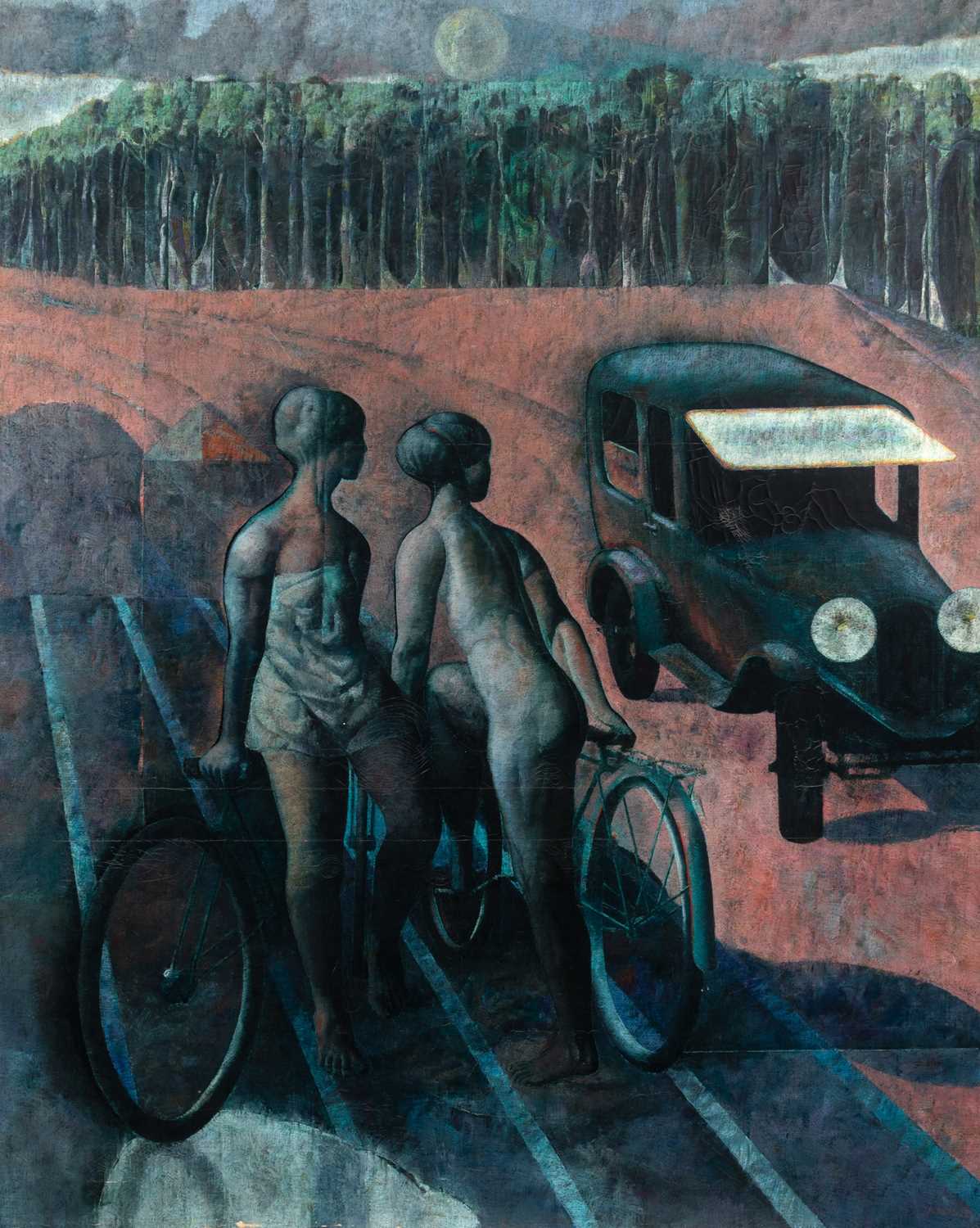
Armando Morales
Nicaraguan, 1927-2011
Armando Morales was a Nicaraguan painter known for blending figuration with modernist abstraction. Born in Granada, he trained at the School of Plastic Arts in Managua, where he studied under Rodrigo Peñalba and was introduced to leading regional artists and thinkers. Morales was part of a generation seeking to define a modern visual identity for Central America—one that honored cultural roots while embracing the innovations of the international avant-garde. Early acclaim came in 1959 when he received the Ernest Wolf Prize for Best Latin American Artist at the São Paulo Biennial.
In the 1960s, Morales moved to the U.S. and absorbed the influence of abstract expressionism, later developing a style marked by restrained palettes, textured surfaces, and recurring themes of nudes, still lifes, and tropical landscapes. His canvases often carry an atmospheric stillness, utilizing haunting spatial arrangements and symbolic imagery. He taught at Cooper Union and served as Nicaragua’s cultural attaché in New York before relocating to Paris in 1982.
There, he partnered with gallerist Claude Bernard, who became his primary representative and helped introduce his work to new audiences across Europe and Latin America. Morales’s paintings remain central to the narrative of Central American modernism—rooted in place, yet in dialogue with global movements. His legacy is preserved by the Armando Morales Foundation.






